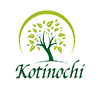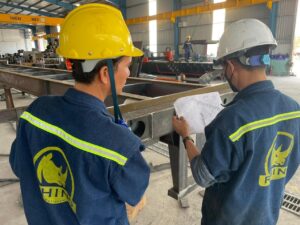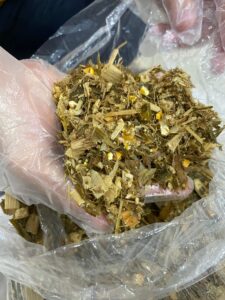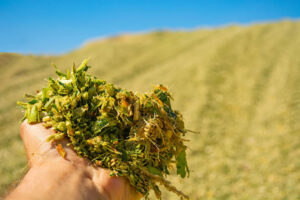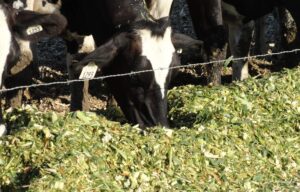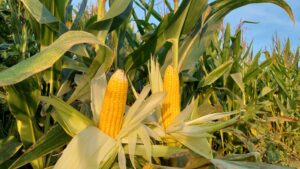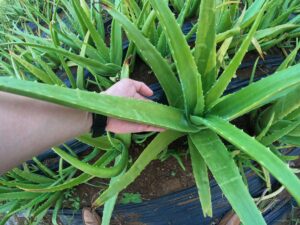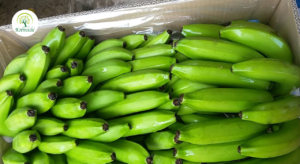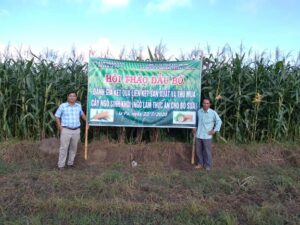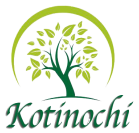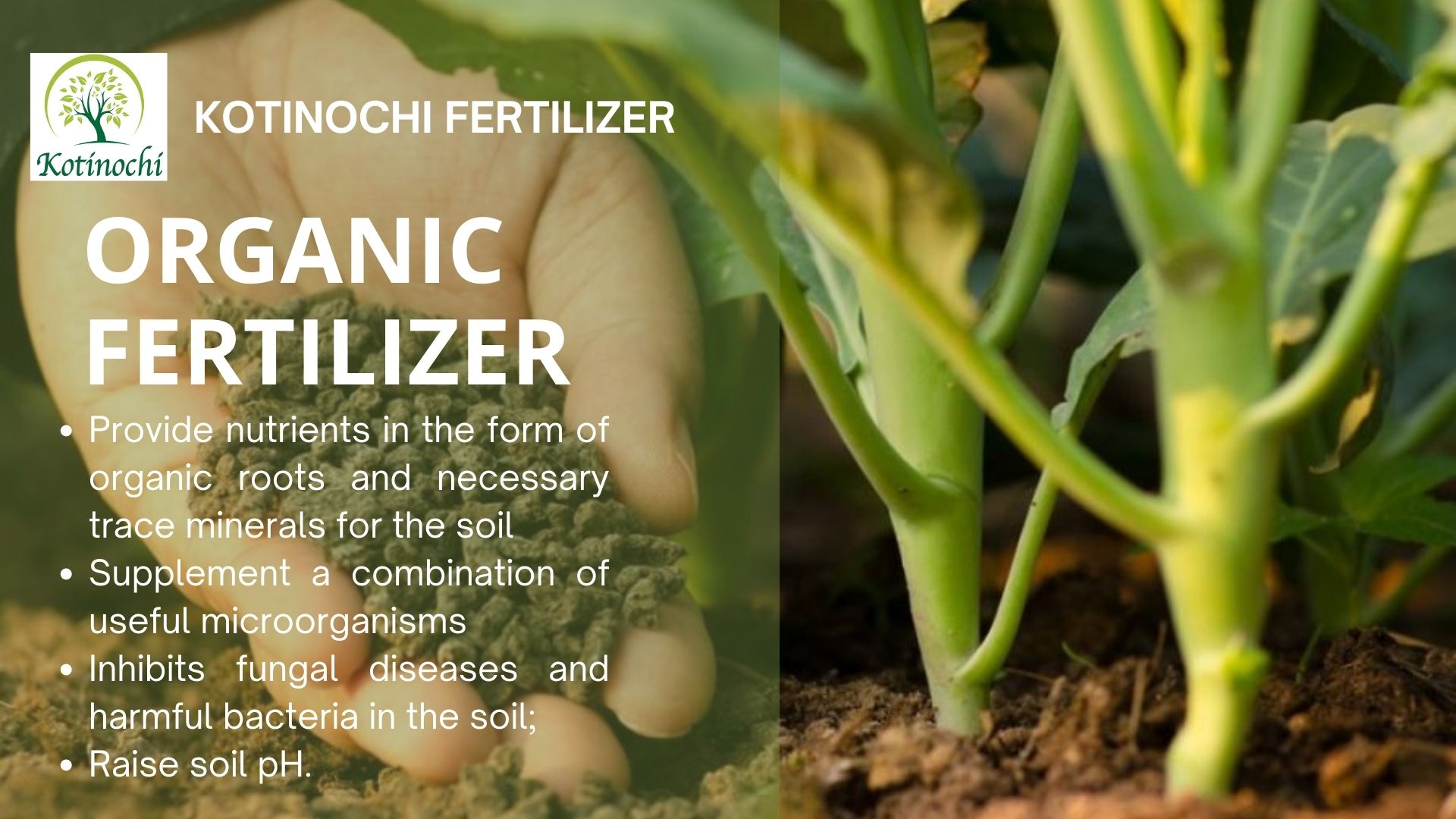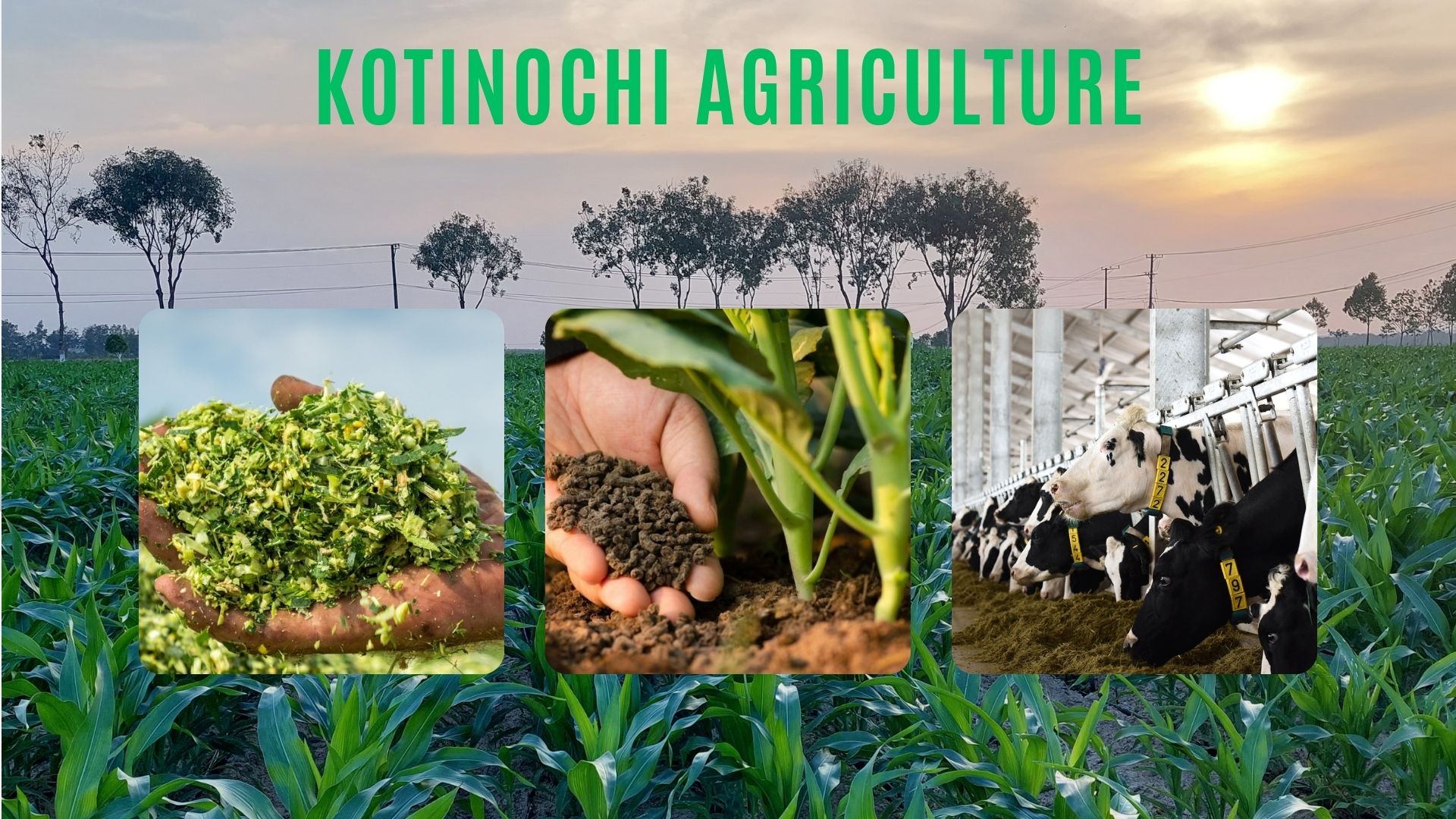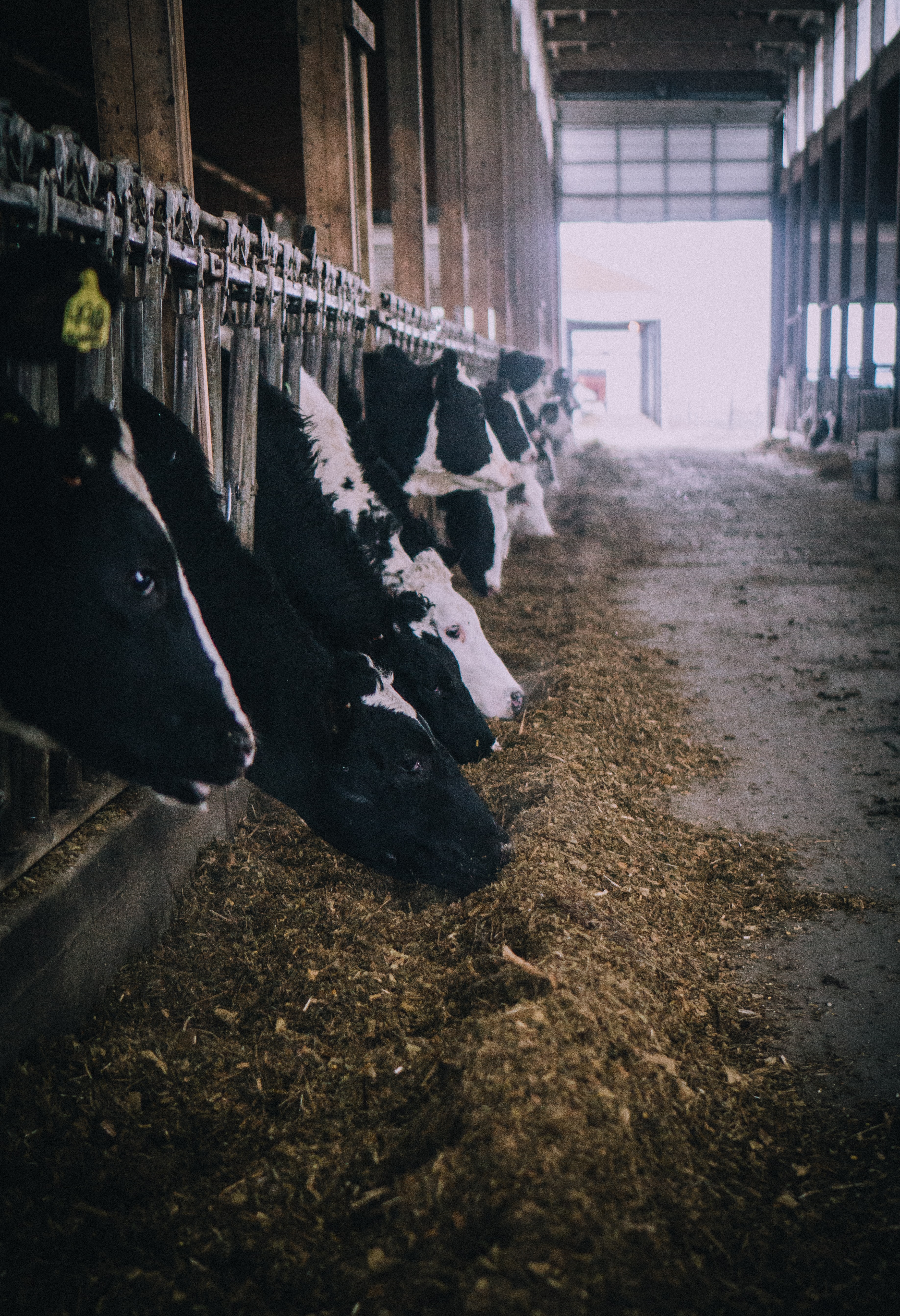 Corn silage and its benefits for dairy cows
Corn silage and its benefits for dairy cows
Corn(maize) silage is a high-quality forage, usually produced and silage from the whole maize plant (including the kernels) chopped under anaerobic conditions with molasses or silage yeast. This process allows bacteria to convert soluble carbohydrates into acetic and lactic acids.
When stored properly, the storage time of corn silage can be as long as 16-18 months. This is one of the biggest economic effects that motivates farmers and ranchers to produce and favor this type of feed.
In the past article, we have learned and analyzed the positive effects of this forage on livestock, especially dairy cows. These effects include prolonging lactation time, being an alternative feed when there is a shortage of supply due to objective effects from the weather, and helping the herd to stabilize the quality of milk produced.
Learn more: Reasons to choose Corn Silage for cows feed?
Feed ration and how to feed cattle with corn silage
Corrn silage can be a new feed for most calves and cows new to the herd, so it takes time for this group of animals to adapt to fermented (silage) feeds. As a result, corn silage consumption is usually low for the first three to seven days before cattle acclimate to the new feed.
We can feed calves from 10 to 12 weeks old silage. However, small cattle have a small rumen capacity, which means that dry matter intake can be limited on diets with high moisture content such as corn silage.
Beef cattle weighing 300 pounds or more can effectively use corn silage as part of their diet. Cattle typically consume corn silage at a rate of 5 to 7 pounds per 100 pounds of body weight. A 500-pound calf can consume 25 to 35 pounds of feeding silage daily.
Notes when feeding corn silage
Corn silage has a relatively low crude protein content, averaging close to 8% per DM (dry compound) (Table 1). A common mistake made by cattle breeders when using silage for the first time is not balancing the protein in the diet by adding a secondary protein source. Growing calves require 12 to 14% crude protein in the diet depending on the growth rate. Feeding only silage will not provide enough protein to support effective growth or support lactation.
Table 1. Nutrition composition in corn silage (Source: Dairy One)
| Item | Min | Avg | Max |
| Dry matter, % | 27 | 33 | 39 |
| Crude protein, %DM | 7.2 | 8.3 | 9.3 |
| NDF, %DM | 37 | 43 | 49 |
| ADF, %DM | 22 | 25 | 29 |
| Tinh bột, %DM | 25 | 33 | 39 |
| TDN, %DM | 67 | 71 | 76 |
| NEm, mcal/lb | 0.68 | 0.75 | 082 |
| NEg, mcal/lb | 0.42 | 0.47 | 0.53 |
In addition, corn silage typically has a marginal calcium-phosphorus ratio close to 1:1. Dietary calcium levels may need to be increased depending on other foods in the diet to avoid urinary retention. Corn silage can be used with a variety of feeds and combinations for beef cattle. Examples of corn silage diets are shown in Table 2.
Table 2. The sample daily diet included silage corn as feed for cows (pound)
(Source: College of Agriculture, Food & Environment, University of Kentucky)
| Feedstuff | Dry, late gestating cow |
Early lactating cow |
500- to 700-lb calves w/ 2.5-lb ADG |
Finishing cattle, 1000 lb |
| Fescue hay | 15 | 16 | – | – |
| Corn silage | 20 | 30 | 20 | 12 |
| Soybean meal | – | – | 2 | – |
| Dried distillers grains | 2 | 6 | 1 | 5 |
| Corn | – | – | 3 | 14 |
| Mineral | In accordance with feedtag | |||
However, cow rations should be developed in consultation with your dietician to provide a balanced diet that meets the nutrient needs of each herd.
Supply source of corn silage for cows
To save and take advantage of available materials, farmers can use corn stalks after taking the seeds to silage as feed for cows. However, the demand for feed of cows is relatively large and the source of feed using by-products in the fields (corn stalks) of farmers is almost unable to meet the needs of cows.
In this case, farmers and ranchers can choose silage suppliers who are enterprises in Vietnam.
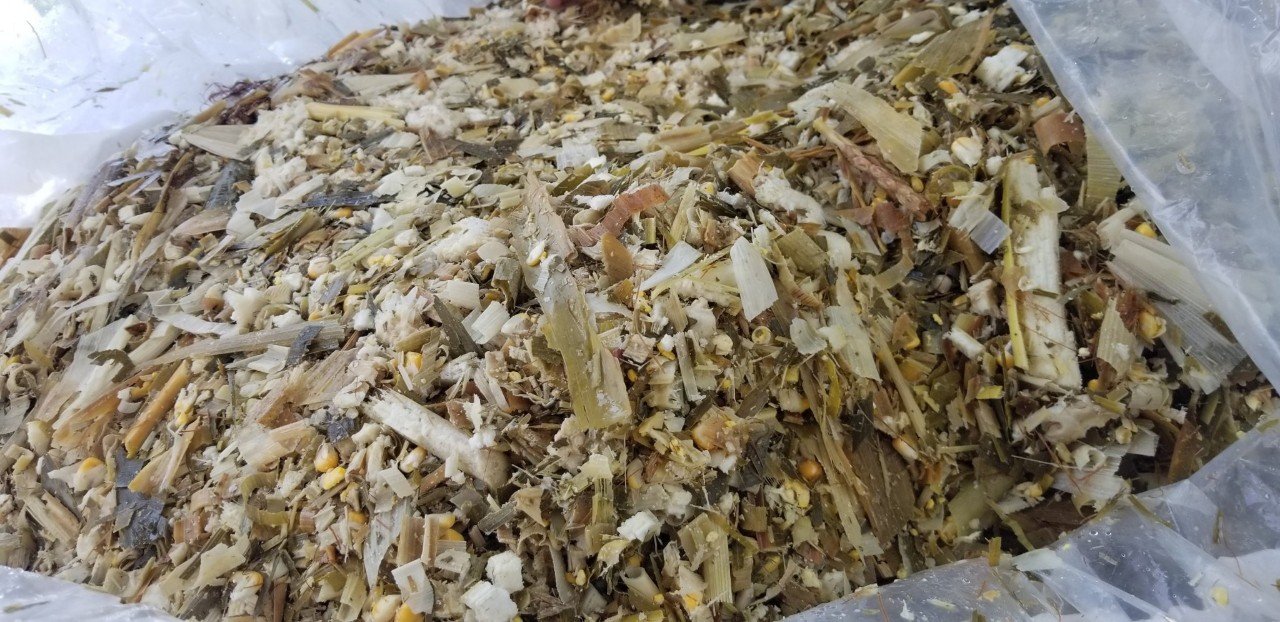


Kotinochi’s silage storge and corn silage products (Source: Kotinochi)
Kotinochi JSC is promoting the deployment of corn growing areas and the production and distribution of corn silage nationwide. Kotinochi’s corn silage products are qualified for export to the Japanese market with the following distinctive features:
– The product is 100% made from non-GMO (Non-GMO) ingredients. Kotinochi controls the production process from planting to delivery;
– Dry compound density (DM) of the finished product is at least 29%;
– 100% organic, eco-friendly products. Kotinochi prioritizes growing areas using organic fertilizers and using biological products as pesticides;
– Raw corn is silage with yeast imported from Austria (Bon Silage) to help reduce the incubation time and increase the storage time;
– Finished products are packaged in vacuum sealed packaging, extending the shelf life up to 18 months.
